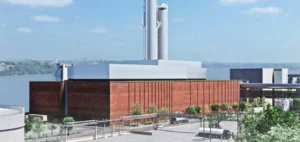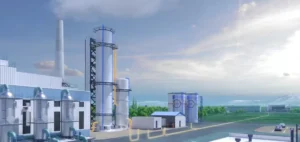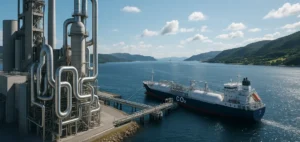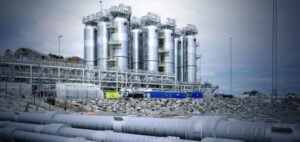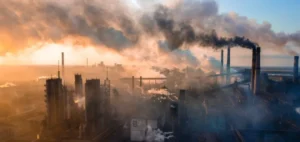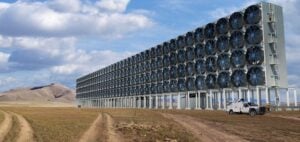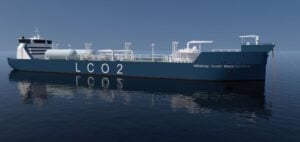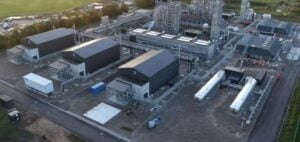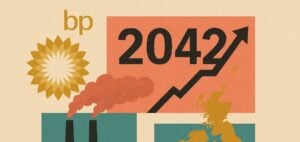Since the 1990s, France’s Bureau de recherches géologiques et minières (BRGM) has been exploring CO2 storage, stepping up its research as this technology becomes crucial in the fight against climate change. Thomas Le Guenan, research engineer at BRGM and specialist in the risks associated with geological CO2 storage, shared with AFP the details of this method ahead of the publication, scheduled for June, of a mapping of potential French sites for CO2 storage, an initiative supported by the government.
In what type of rock can CO2 be stored?
“Geological storage can take place on land or at sea: we aim for porous, permeable rock structures that allow fluids to circulate, especially sedimentary rocks deposited on the seabed. In deep permeable rocks, we distinguish between saline aquifers, if the rock contains salt water, and former hydrocarbon reservoirs. These conditions can be found at depths of over 800 meters, beneath the seabed or the earth’s surface, and are the minimum accepted by the scientific community. CO2 can be injected in dense gaseous form, in which case it will tend to rise naturally due to the difference in density with the water naturally present in the rock. An impermeable rock overlying the porous rock is therefore needed to prevent the CO2 from rising. A second very special type of rock can store CO2: mafic rocks (mainly basalt, rich in magnesium and iron, in volcanic areas, editor’s note). In this type of rock, CO2 dissolved in water reacts rapidly to form carbonates, i.e. minerals. From the point of view of long-term storage, this is excellent. But having to dissolve the CO2 in water before injecting it severely limits volumes. And water resources have to be found, as it generally takes twenty volumes of water for one volume of CO2. At BRGM, we are also studying the injection of CO2 dissolved in sedimentary rock.”
Where are these rocks found?
“Sedimentary rocks are fairly well distributed on the surface of the globe, even if the major oil-producing countries are going to have more of them. In France, there are three major sedimentary basins being considered for storage (one in the Paris basin and two others in the south-west, editor’s note). For basalt, it’s more limited in geographical terms. There are mainly Iceland (which already stores CO2 in its soils through mineralization, Editor’s note), the United States and India.”
What are the risks?
“Sizing a site depends essentially on the risk of leakage. To measure the impermeability of the rock overlying the reservoir, we use geophysical tools that tell us about its structure. We then need to drill a borehole with laboratory-tested samples. The second risk of leakage comes from injection or monitoring wells. These are sealed with cement. In hydrocarbon reservoirs that have been extensively explored, there may be (risks of leakage due to) old wells plugged with the methods of the time, so the important thing is to locate them (to plug them with cement), but on new wells, the (risk of leakage) is low. Injecting CO2 on a massive scale will generate an increase in pressure. As we’re talking about very deep structures, this doesn’t necessarily have an impact on the surface, as there may be a few millimeters of elevation. But all industrial operations underground have an impact. We’re mainly looking at the impact of CO2 storage on other uses of the subsoil, such as geothermal energy, but also the impact of seismic risks. Deep underground storage infrastructures are safer than those on the surface. We have an example in Japan: no major effects were detected on an experimental storage site after the earthquake” (of 2011, which caused the Fukushima nuclear disaster, editor’s note).
By exploring innovative solutions such as the use of sedimentary and mafic rocks for secure CO2 storage, BRGM is making a vital contribution to the national strategy to combat climate change. As France prepares to publish a detailed mapping of its CO2 storage capacities, this initiative represents a crucial step towards meeting greenhouse gas emission reduction targets, underlining the importance of a rigorous scientific approach and effective collaboration in securing a sustainable future.


